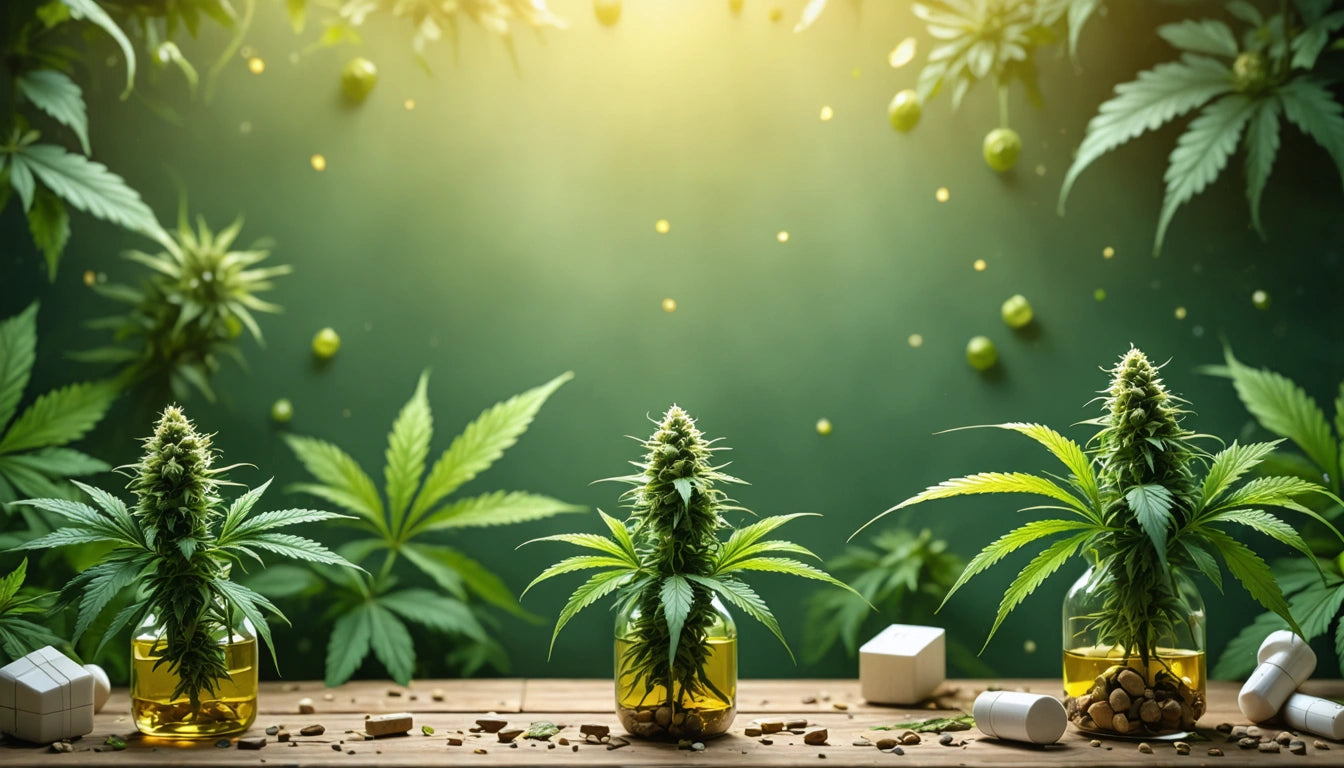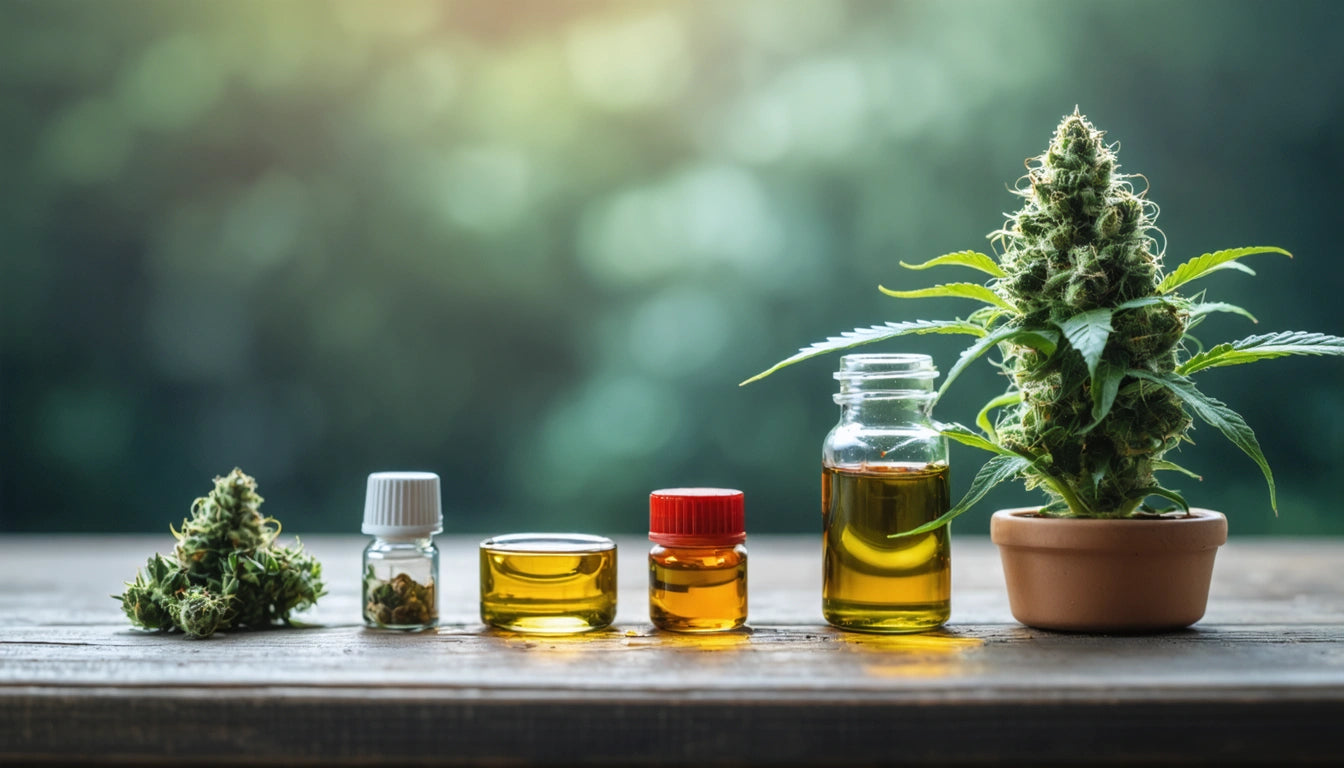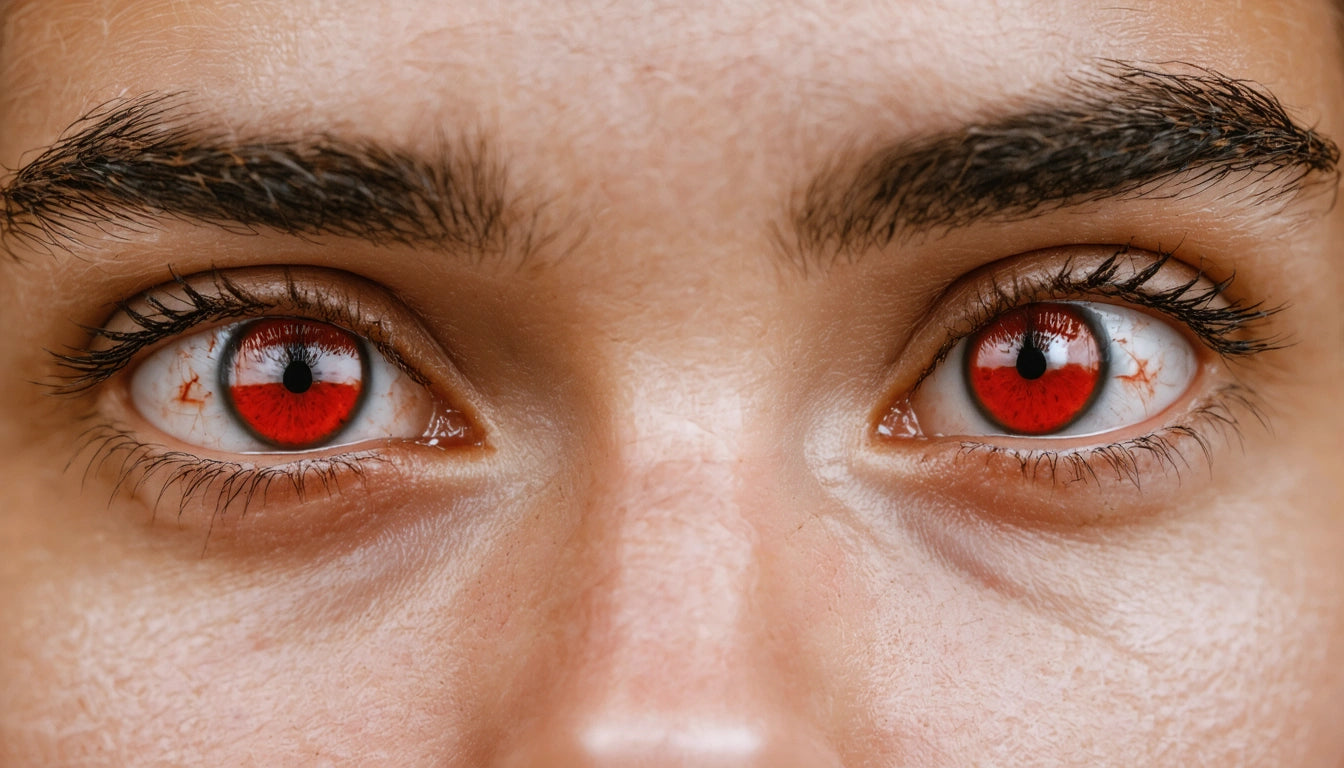Table of Contents
- THC Percentages Explained: What the Numbers Mean
- Average THC Content in Today's Cannabis Flower
- What is Considered High THC in Flower?
- Terpene Percentages: Quality Beyond THC
- Factors Affecting THC and Terpene Potency
- Optimizing Storage for Preserving Potency
- Balancing Potency and Experience: The Future of Cannabis Consumption
Understanding THC and Terpene Percentages in Cannabis Flower: What is Considered High?
Cannabis potency has evolved dramatically over the decades, with modern cultivation techniques producing flower with THC levels that would have seemed impossible in previous generations. For consumers and industry professionals alike, understanding what constitutes high THC percentages and optimal terpene levels is crucial for making informed decisions about products and consumption.
THC Percentages Explained: What the Numbers Mean
THC percentage represents the concentration of tetrahydrocannabinol in cannabis flower by dry weight. When you see a label stating 20% THC, it means that 20% of the flower's dry weight consists of this psychoactive compound. It's important to note that these percentages refer to total potential THC, including both activated THC and its precursor THCA, which converts to THC when heated.
As explained in our guide on understanding the differences between THC and THCA flower, the conversion from THCA to THC isn't 100% efficient during smoking or vaping, meaning the actual THC delivered may be somewhat lower than the stated percentage.
Average THC Content in Today's Cannabis Flower
The average THC content in commercially available cannabis has risen substantially over time:
- 1970s-1980s: Typically 1-3% THC
- 1990s-2000s: Average of 4-8% THC
- 2010s: Average of 12-15% THC
- 2020s: Average of 15-20% THC
Today's market typically considers cannabis with 15-20% THC to be of average potency. This baseline has shifted upward as cultivation techniques have improved and consumer preferences have evolved toward higher-potency products.
What is Considered High THC in Flower?
In the current cannabis market, the following ranges are generally accepted:
- Mild to Moderate: 10-15% THC
- Average: 15-20% THC
- High: 20-25% THC
- Very High: 25-30% THC
- Extremely High: 30%+ THC
Strains exceeding 25% THC are considered high-potency products, while anything above 30% represents the upper echelon of potency currently available. As detailed in our article about the highest THC levels in cannabis strains, some cultivars have tested above 30%, though such extreme potency is relatively rare and often comes with verification challenges.
Highlight: While high THC percentages often drive sales, many experienced consumers and medical users focus on the entourage effect, where moderate THC works synergistically with terpenes and other cannabinoids for a more balanced experience.
Terpene Percentages: Quality Beyond THC
Terpenes are aromatic compounds that contribute to cannabis's flavor, aroma, and effects. Unlike THC percentages, terpene content is measured on a different scale:
- Low: Below 1% total terpenes
- Average: 1-2% total terpenes
- High: 2-3% total terpenes
- Exceptional: Above 3% total terpenes
A good terpene percentage in flower is generally considered to be above 2%, with anything over 3% being exceptional. High-quality cannabis typically maintains a favorable ratio between cannabinoids and terpenes, rather than maximizing THC at the expense of terpene content.
Factors Affecting THC and Terpene Potency
Genetics
The genetic makeup of a cannabis plant establishes its potential THC ceiling. Some strains are genetically predisposed to produce higher levels of THC, while others naturally favor CBD or specific terpene profiles.
Cultivation Techniques
Several factors can influence how to increase THC percentage in flower:
- Optimized lighting spectrum and intensity
- Carefully controlled temperature and humidity
- Strategic nutrient feeding schedules
- Proper harvest timing to maximize cannabinoid development
- Stress techniques that can stimulate cannabinoid production
Curing and Storage
Proper curing and storage are crucial for preserving both THC and terpene content. Many cultivators use specialized storage solutions like mylar bags that protect flower from light, oxygen, and humidity, which can degrade cannabinoids and terpenes over time.
Optimizing Storage for Preserving Potency
To maintain the advertised THC and terpene levels in cannabis flower, proper storage is essential. Light, air, heat, and humidity all contribute to the degradation of cannabinoids and terpenes. Understanding why THC percentages matter also means understanding how to preserve them.
For consumers and businesses alike, investing in quality storage containers with airtight seals helps maintain potency. Many commercial operations use vacuum-sealed packaging or nitrogen-flushed containers to minimize oxidation, which can convert THC to CBN and diminish potency over time.
Balancing Potency and Experience: The Future of Cannabis Consumption
While the quest for higher THC percentages continues to drive parts of the market, there's growing recognition that the highest THC percent in flower doesn't necessarily translate to the best experience. Many consumers are becoming more sophisticated, seeking balanced cannabinoid and terpene profiles rather than maximum potency.
For medical users particularly, understanding THC dosages and consumption guidelines is often more important than finding the highest possible percentage. The future of cannabis consumption likely lies in personalized experiences based on individual tolerance, desired effects, and therapeutic goals rather than simply chasing record-breaking THC numbers.
As the cannabis industry matures, education around potency, terpenes, and their combined effects will become increasingly important for consumers seeking to optimize their experience beyond simple THC percentages.











Leave a comment
All comments are moderated before being published.
This site is protected by hCaptcha and the hCaptcha Privacy Policy and Terms of Service apply.